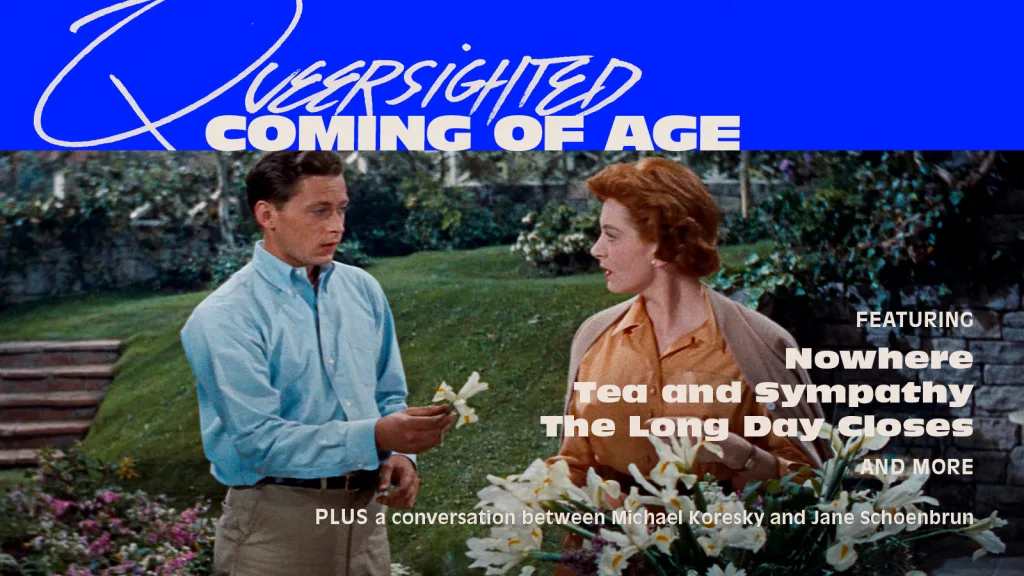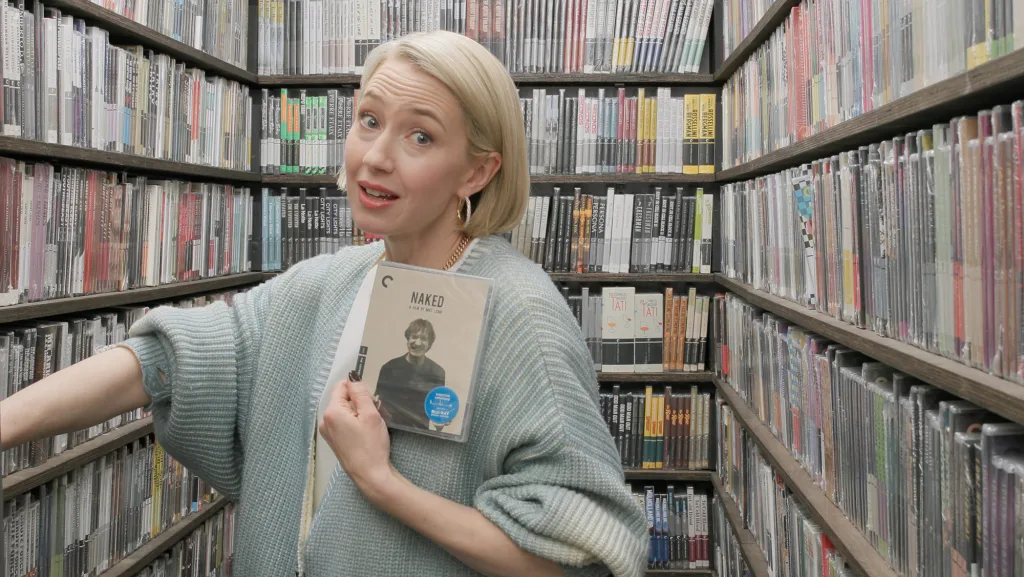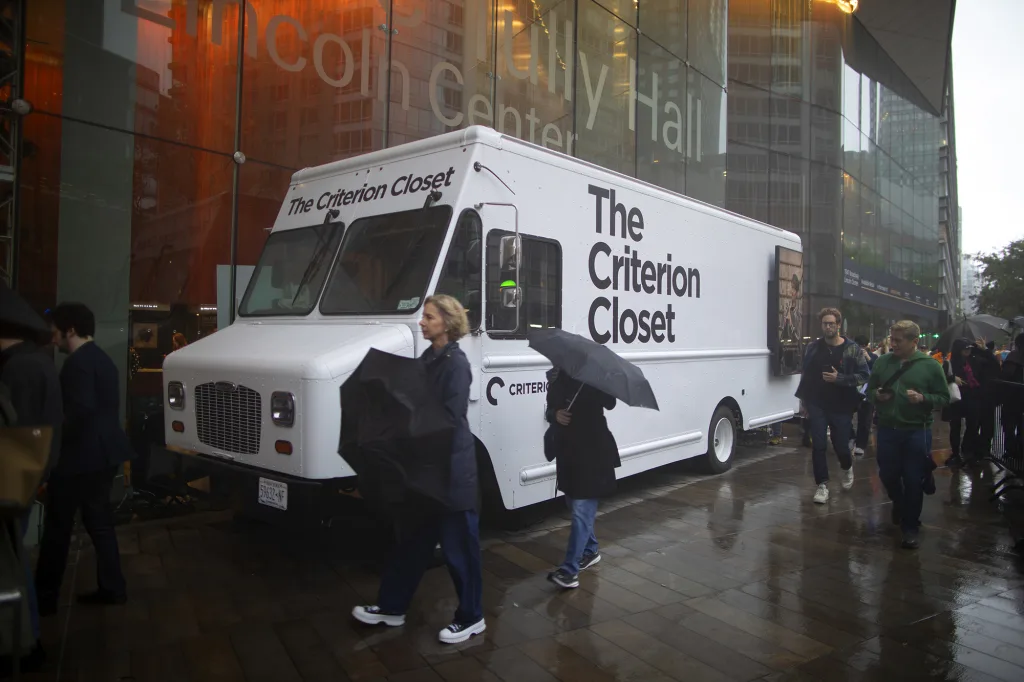The average consumer subscribes to 4.5 streaming services, many of which offer content that feels largely indistinguishable from one another.
When Netflix disrupted film and television in the late 2010s, it introduced a new model of viewership: an endless blend of originals and archives, delivered through a finely tuned personalization algorithm. Today, Disney+, Hulu, HBO Max, Peacock, and many others follow the same playbook.
Not the Criterion Channel. The streamer rejects the infinite-content model, instead curating rotating collections of select films that appear for just a few months. Their offerings range from mass-market to niche indie: A recent example, “Surveillance Cinema,” matched the $350 million-earning Minority Report with the tiny French neo-noir Demonlover.
It also turns away from algorithmic recommendations—every title is handpicked by a programmer. Aliza Ma, the Criterion Channel’s head of programming, says that she’s “offended” by the Netflix model of curation. “It’s absurd in the face of art and curiosity that you would think somebody’s past behavior could indicate future taste,” she tells Fast Company.
This approach has earned the Criterion Channel a loyal following among artistically curious cinephiles, creating a stable, low-churn subscriber base. For just $10.99 a month, viewers from the U.S. and Canada can escape the clutches of streamer sludge. The mega-viral Criterion Closet doesn’t hurt either.
“I would have expected that broader is better,” Ma says. “It’s a brilliant surprise to us that the more specific we get, the more we pull focus on a subject or theme, the better it seems to reach people.”

A streamer without an algorithm
For over 30 years, Criterion was known as a seller and refurbisher of physical media. Their DVD and Blu-ray archives sustained the business, while the company licensed their films to several video-on-demand (VOD) services. First they were available on Mubi, then Hulu, and finally FilmStruck, the streamer from Turner Classic Movies. But when FilmStruck shut down in 2018, Criterion president Peter Becker and his team decided to create their own point of access.
The Criterion Channel was running by 2019 and has since eclipsed the company’s physical media business. In 2024, Criterion and its sister company, Janus Films, were sold to billionaire Steven Rales, founder of the film studio Indian Paintbrush and a minority owner of the Indiana Pacers.

The channel’s focus on curation naturally narrows its appeal. In the ongoing “streaming wars,” Criterion isn’t trying to compete on scale. Instead, it leans into its niche. “You have to think you care about movies enough to want a streaming service really devoted to movies,” Becker says.
But specificity also creates a highly loyal customer base, he adds. Asked whether one specific collection surged traffic at the site, Becker notes that there are “different points of entry for everybody.” Some are more popular within the streamer’s walls than others—both Ma and Becker reference the 2023 “High School Horror” set featuring movies like Donnie Darko and I Know What You Did Last Summer. But subscribers come more for the curation than for any individual film, meaning they’re likely to stay longer.
Michael Cunningham, acclaimed author of Day and The Hours (the latter of which was adapted into a film starring Meryl Streep and Nicole Kidman), is a subscriber to the Criterion Channel. “I’m a fan because Criterion is keeping alive films that would otherwise fade away and be forgotten,” he writes in an email to Fast Company. “It reminds us that greatness resides in a wide range of movies, from Potemkin to Some Like It Hot.”
Estimating the Criterion Channel’s size is a difficult task. The company declined to provide Fast Company with revenue or user figures, only saying that it “has grown steadily since we launched.” When its predecessor FilmStruck shut down in 2018, the subscriber base was estimated at just 100,000. The Criterion Channel has likely surpassed this—it has over 100,000 downloads on the Google Play store alone. But that’s still small compared with other specialty streamers like Mubi, which has more than 5 million Google Play downloads.
It’s audience is also shifting. “If you had gone back 10 or 15 years and looked at who was collecting DVDs and Blu-rays, you would have seen a heavy disproportion of people who were male and over 30,” Becker says. “That has been completely shattered.”

DVDs, writers, and that infamous closet
Criterion, the company behind the channel, still operates its specialty DVD business and commissions a stable of writers to pen essays on its archive. But the Criterion Channel is the company’s “most far-reaching project,” Becker says. And then there’s the company’s infamous closet.
It began in 2010, when Guillermo del Toro stepped into Criterion’s DVD archive in New York and picked out his favorites. Choosing among a collection organized only by spine number, del Toro professed his love for François Truffaut’s The 400 Blows. Criterion has continued to pump out these “Closet Picks”—the videos are now significantly ">less grainy—and posts them to YouTube.
“We record a couple a week, and we’re always amazed by the conversations we have in there,” Becker says. “I think it’s a relief for the people in the Closet, because they don’t have to talk about their own movies.”
Creatives see the Criterion Closet as more than a stop on their press tour, though. Griffin Dunne, star of films like Martin Scorcese’s After Hours, relished the opportunity to rifle through Criterion’s archives.
“There are a few benchmarks in an actor’s or director’s career,” Dunne wrote in an email to Fast Company. “Getting your first job, any job, in the movie business. Seeing your name in a New York Times review for your first film. Getting nominated or winning for any of the EGOTs. Being invited to the Criterion Closet to talk about your favorites films.”
The closet has since gone mobile. Criterion now takes a portable version on the road, drawing fans who line up for hours. Becker even recalls a couple who got engaged inside. “We’re always amazed and gratified at how young the people who come out are,” he says, noting that most attendees are in their 20s and early 30s.

The traveling closet of films also reveals the diversity of Criterion’s audience. Few titles are picked more than a handful of times. While some favorites recur—Richard Linklater’s films, for example, or Anora—most picks are highly personal and eclectic.
Has the Criterion Closet helped funnel audiences back to their streamer or paid offerings? Becker isn’t interested in talking shop. The closet wasn’t set up as a marketing tool, so they don’t track it as one. But it has been a helpful brand extension, he concedes.
“When 13 million people see the Ben Affleck video, that’s a lot of people,” Becker says. “We’re definitely reaching more people than would have sought us out without it.”
Affleck’s first pick from the Criterion Closet was Jean Renoir’s The Rules of the Game, the 1939 French satire celebrated for its humanist worldview. It’s hard to imagine the film finding traction on Netflix. How would they package it? What thumbnail image or search-friendly pitch could make it click? Its age alone might be a barrier—back in March, the oldest title on Netflix was 1973’s The Sting.
But viewers can find The Rules of the Game on the Criterion Channel. It appears in a “French Poetic Realism” collection, alongside commentary from Cunningham, the novelist. They can watch the film, explore its historical context, and dip into criticism, too.
That’s what the Criterion Channel offers: not just content, but curation.
Chcete-li přidat komentář, přihlaste se
Ostatní příspěvky v této skupině


Amazon is gearing up to make as many as 10,000 robotaxis annually at a sprawling plant n

The world’s three best-selling makers of bitcoin mining machines—all of Chinese origin—are

It’s been almost 400 years since the leaders of New Amsterdam (now New York City) confronted a growing threat on their streets: people moving too fast. In 1652, the colonial council passed what ma

President Donald Trump will sign an executive order this week to

The Backrooms started as internet folklore posted on 4Chan. Now it’s been greenlit by A24.
Last week, it was announced that 19-year-old YouTuber Kane Parsons will direct the sci-fi/horro

